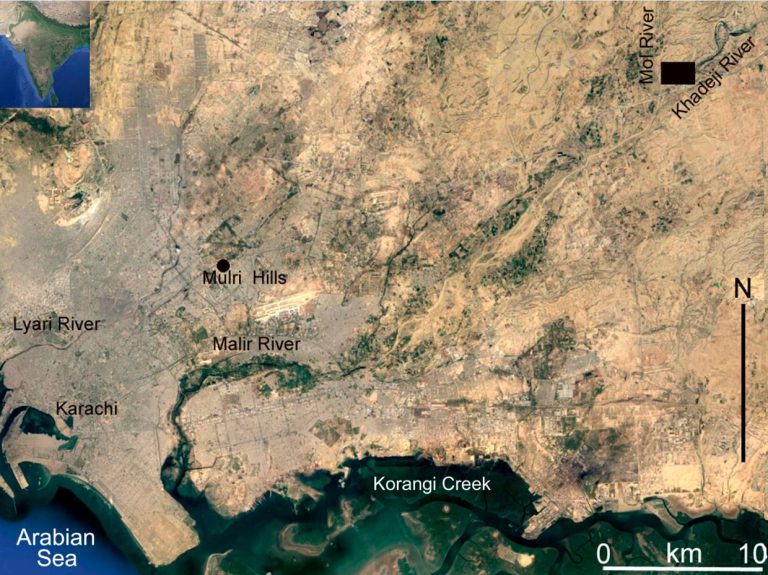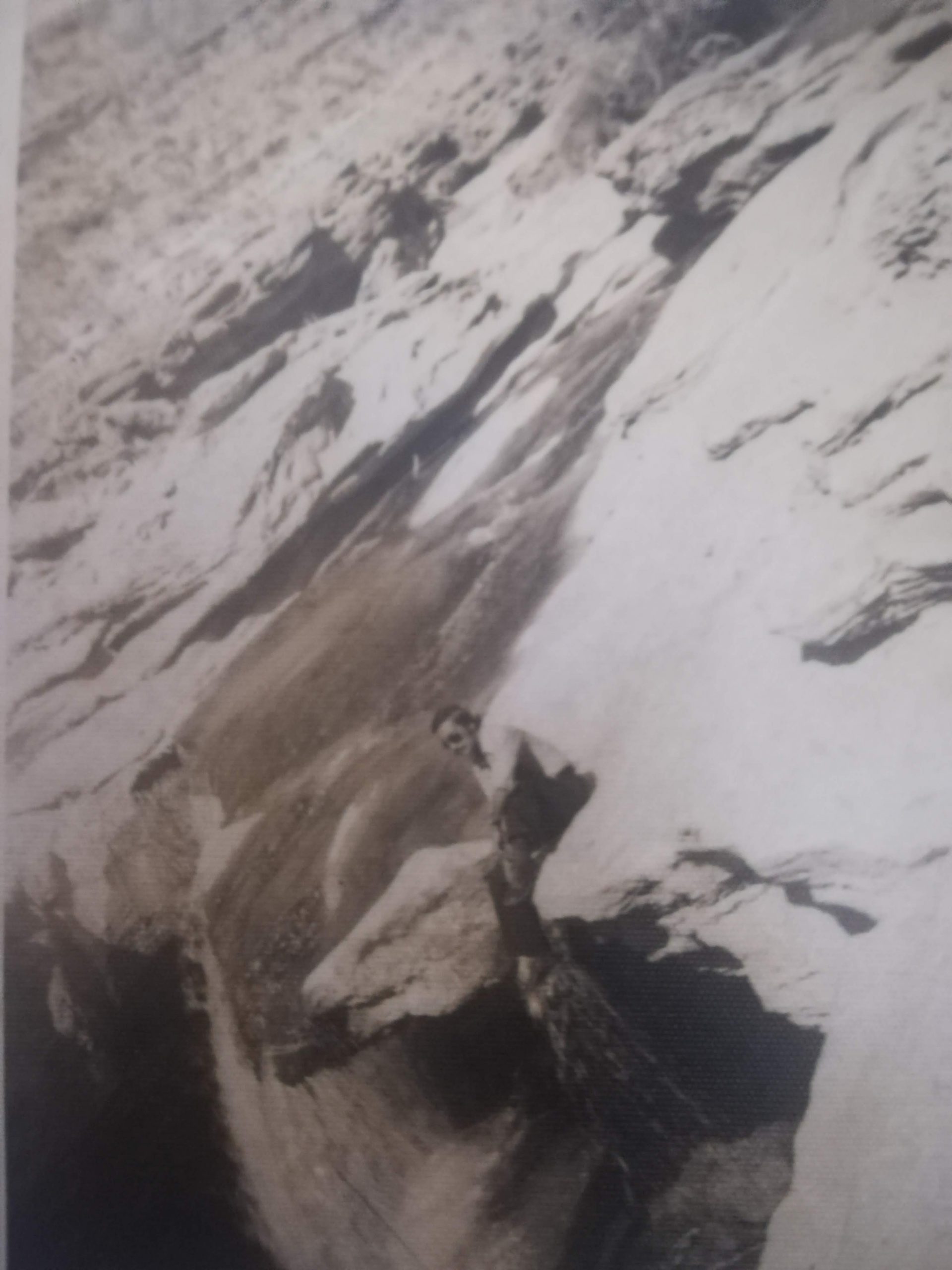
The Mol and Khadeji River terraces yielded and impressive number of findspots and scatters of knapped stone artefacts.
Monitoring Desk
An international organization’s mission has made new discoveries along the Mol and Khadeji Rivers in Sindh.
The mission of I S M E O — The International Association for Mediterranean and Oriental Studies, with the co-financing of the Ministry of Foreign Affairs and International Cooperation and directed by Prof. Paolo Biagi, studied the sites in Sindh and Las Bela.
Prof. Paolo Biagi updating on the ongoing research and the latest discoveries in 2021, said that the surveys carried out in December 2021 along the terraces of the Mol and Khadeji Rivers (Lower Sindh, Pakistan), led to the discovery of many lithic findspots, attributable to different prehistoric periods, from the Upper Palaeolithic to the Copper Age, as well as to one burial mound surrounded by lithic cyst graves, whose cultural and chronological attribution is at present undefined.
The two river aforementioned courses converge a few hundred meters south of the surveyed area, where they originate the Malir River, which flows southwest toward the mangrove that extends immediately east of the city of Karachi. These two rivers had already been the subject of geo-archaeological surveys during the second half of the 1970s by Professor A. Rauf Khan. The research conducted by this author was later extended to the entire northern coast of the Arabian Sea surrounding Karachi, and its most immediate interior territory, which is deeply incised by seasonal rivers. It is important to remark that, from the 1970s onwards, the whole area in question has never been the subject of any archaeological research, and therefore our knowledge has remained that of almost fifty years ago.
The purpose of the December 2021 survey was mainly to discover sites or lithic findspots attributable to the Upper Palaeolithic and Mesolithic, and to collect organic material suitable for their radiocarbon dating. At present, we know very little of these two prehistoric periods throughout the entire Indian Subcontinent, although a great concentration of sites was discovered in the 1970s just at the eastern outskirts of the city of Karachi.
The finds
The survey was carried out by three people, who followed several walking routes along the terraces of the two rivers thanks to the permit provided by the Director General of Antiquities and Archeology of the Sindh Government, which also provided a car to reach the different areas to be surveyed. All the lithic scatters recovered during fieldwork were mapped with a precision Gramin-GPS and the coordinates reported on the cartography available.

The Mol and Khadeji River terraces yielded and impressive number of findspots and scatters of knapped stone artefacts. In particular, the following should be noted: 1) the presence of Upper Palaeolithic complexes, characterised by curved backed points of normolithic size, 2) clusters of knapped stone artefacts with typical microlithic lunates attributable to the beginning of the Mesolithic, and 3) of concentrations of lithic finds of the Chalcolithic Amri Culture that confirm, once again, the presence of this aspect in the southernmost region of Lower Sindh.
Other sites
Apart from the aforementioned territory, surveys were carried out in other areas located a few kilometers to the east, towards the city of Thatta. The limestone terraces (Blanford, 1880) located south and north of the village of Gharo were first visited, then the important fortified Amri Culture settlement of the Tharro Hills, the neighboring site of Beri, some shell middens already known close to the medieval city of Kalan Kot, and the hills of Pir Patho, at the southernmost edge of the Makli Hills. All these locations yielded evidence of prehistoric knapped stone artefacts, most of which are to be attributed to the Chalcolithic period. Marine and mangrove shells were collected for radiocarbon dating from most of these sites.
Discussion
The discoveries made in 2021 help improve our knowledge of the prehistory of the southernmost region of Lower Sindh. In particular, to define more precisely the characteristics of some aspects of the Upper Palaeolithic and Mesolithic periods in the area. Furthermore, to mark the extension of the southernmost distribution of the Chalcolithic Amri culture and to define its importance in the Arabian Sea coastal area. It is also important to note that our survey did not lead to the discovery of any settlement attributable to the Bronze Age Indus Valley Civilization. This fact is particularly important and should be further investigated in the near future.
The research was conducted thanks to the financial support of the Italian Ministry of Foreign Affairs (MAECI) and the Society of Antiquaries of London (UK). They were attended by Dr. C. Franco (Ca’ Foscari University of Venice) and Mr. F. Ali, geologist of the Sindh Government, says the report.
_____________________
Courtesy: Italiana